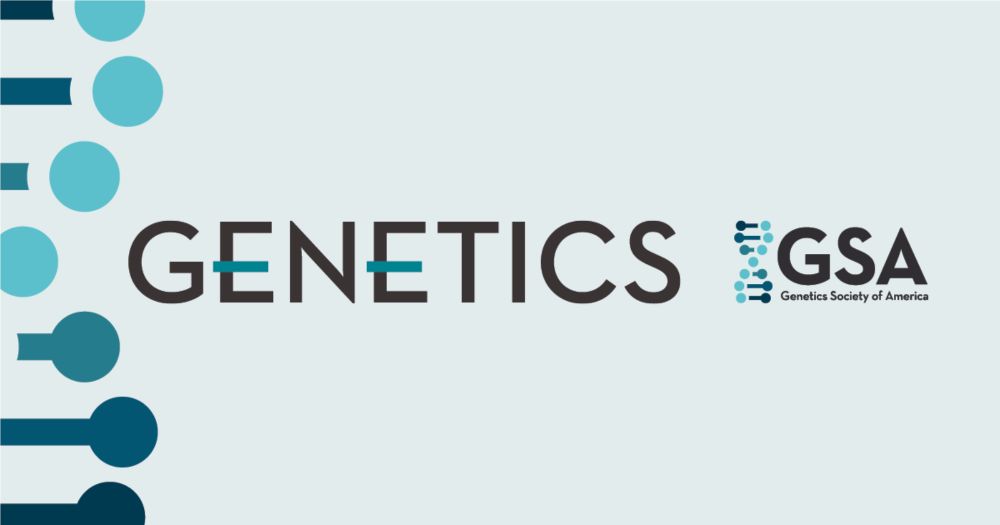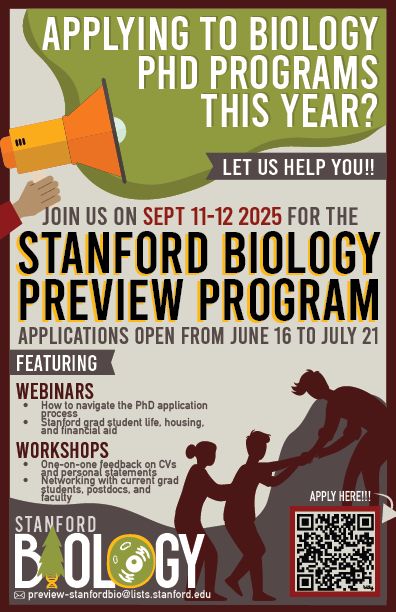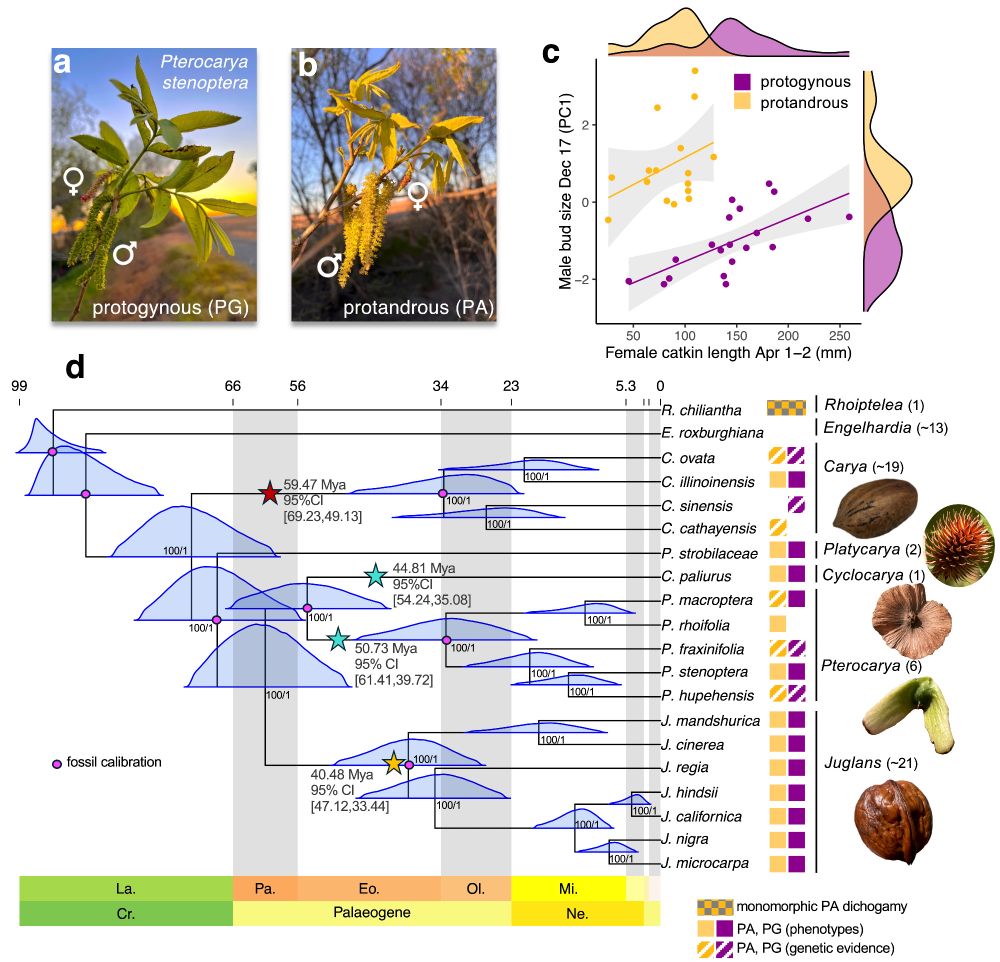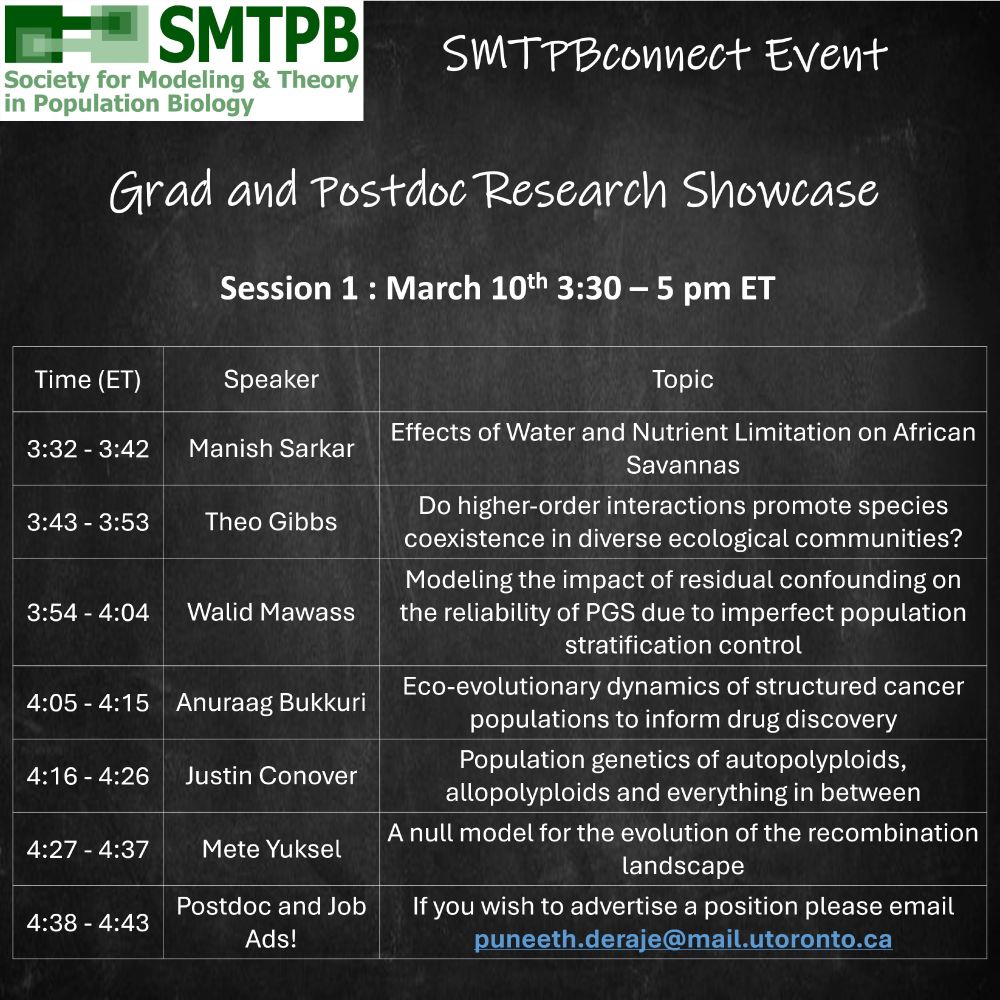Posts
Media
Videos
Starter Packs
Reposted by James Kitchens
Reposted by James Kitchens
Reposted by James Kitchens
Reposted by James Kitchens
Reposted by James Kitchens
Graham Coop
@gcbias.bsky.social
· Aug 26
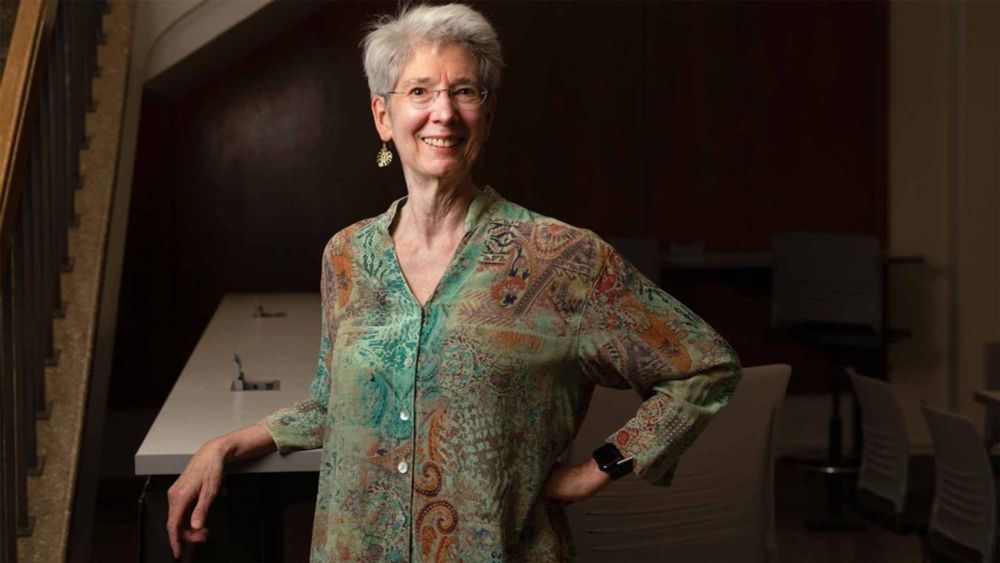
Among the Academies: Studying How Plants Adapt
How can plants adapt to their environment, and how will they be able to adapt to climate change? Those are among the biggest questions Johanna Schmitt has sought to answer during her career as a plant...
www.ucdavis.edu
Reposted by James Kitchens
Reposted by James Kitchens
James Kitchens
@kitchensjn.bsky.social
· Aug 19

GitHub - kitchensjn/tskit_arg_visualizer: Interactive visualization method for ancestral recombination graphs
Interactive visualization method for ancestral recombination graphs - GitHub - kitchensjn/tskit_arg_visualizer: Interactive visualization method for ancestral recombination graphs
github.com
James Kitchens
@kitchensjn.bsky.social
· Aug 19
James Kitchens
@kitchensjn.bsky.social
· Aug 19
James Kitchens
@kitchensjn.bsky.social
· Aug 19

tskit_arg_visualizer: interactive plotting of ancestral recombination graphs
Summary: Ancestral recombination graphs (ARGs) are a complete representation of the genetic relationships between recombining lineages and are of central importance in population genetics. Recent brea...
arxiv.org
Reposted by James Kitchens
Joe Brennan
@biologyjoe87.bsky.social
· Aug 11
Reposted by James Kitchens
Reposted by James Kitchens
Reposted by James Kitchens
Reposted by James Kitchens
Reposted by James Kitchens
